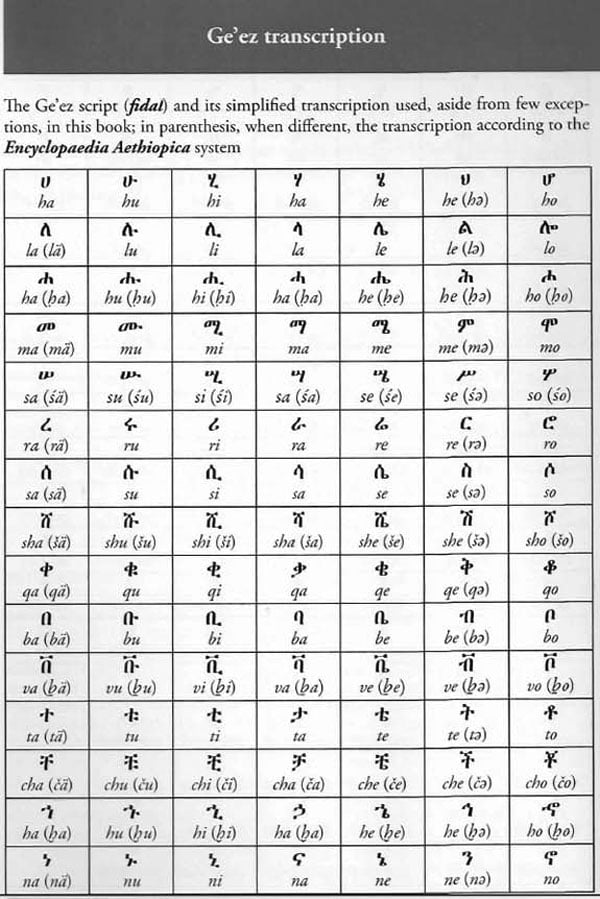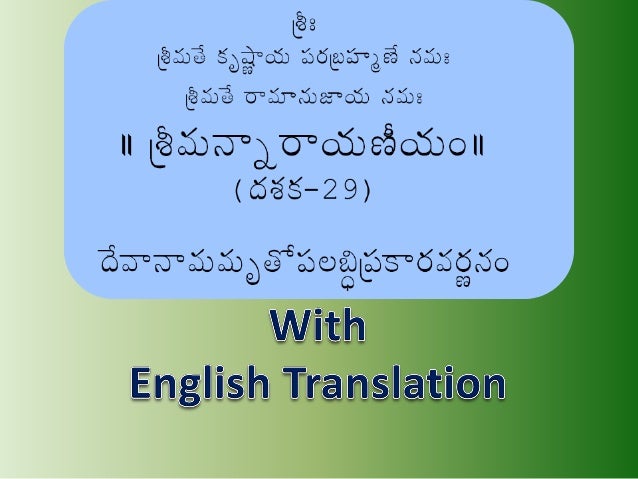

If you want to find a particular poem in a library's collection, is it easier for you to identify 631 62b 627 621 20 627 644 623 646 62F 644 633 by 627 644 631 646 62F 64A, or رثاء الأندلس by الرندي, or the Rithā' ul-'Āndalus by Al-Rundī? Most English-speaking librarians would find the latter significantly easier to catalog, sort, file, reshelve, etc. In the age of Unicode, why do we need transliteration? Well, most people can't read raw Unicode codepoints. Sometimes people call the latter "bound transcription" for clarity. If you want to draw a distinction between them, the distinction is usually that "transliteration" tries to encode the original grapheme sequence as losslessly and efficiently as possible, while "transcription" tries to encode the original phoneme sequence as losslessly and efficiently as possible. The words "transliteration" and "transcription" are often used interchangeably. Which is why to get the best of both worlds, you can't have 1 language, you must have two. Phonetic form: exact replication of sounds (IPA is best for this).Written form: exact replication of letters (unicode is best for this).(Japanese, Mongolian, Russian, Telugu, Tamil, Thai, Cree, Georgian, Armenian, Amharic, Hebrew, Arabic, Persian, Avestan, Ancient Egyptian, Aramaic, Coptic, Gothic, Old English) Chinese seems too complicated I don't know. Many Unicode fonts fully support IAST display and printing.Īs a bonus question, what popular languages don't have a losslessly reversible transliteration scheme? It seems that Korean does not. An important feature of IAST is that it is losslessly reversible, i.e., IAST transliteration may be converted to Devanāgarī or other South Asian scripts without ambiguity and with correct Devanāgarī spelling. For example, dental and retroflex consonants are disambiguated with an underdot: dental द=d and retroflex ड=ḍ. It uses diacritics to disambiguate phonetically similar but not identical Sanskrit glyphs.
#Transliteration iso
The International Alphabet of Sanskrit Transliteration (IAST) is a subset of the ISO 15919 standard, used for the transliteration of Sanskrit, Prakrit and Pāḷi into Roman script with diacritics. So my question is, is this correct? Were transliteration schemes created to solve the problem of manipulating a target language in easier to write and read (familiar) symbols, with the goal of perfect transcription of characters rather than sounds, because computers weren't present? Or was/were there some other reason(s)? Would it be advisable to use a transliteration scheme today, like the Wiley one? Or just go with Unicode? What is the benefit of one over the other? Are transliterations obsolete because of Unicode?
#Transliteration code
If this is the case - that a good transliterator is one that doesn't focus on pronunciation but instead on writing transcription - then why don't you just use a numeric code to represent every possible glyph in the native language? That is, why don't you just use some existing numeric code like Unicode! Which gives you the benefit that you can recover the original glyphs, but nowadays you can actually see the original writing on your laptop or phone because the fonts all now include it pretty much.

But it seems that a good transliterator doesn't focus on pronunciation, but instead, does focus on perfect writing transcription or perfect copying of the letters so they can be recovered (because of the transliterators 1-to-1 mapping). To me - after looking at a few different transliterations - it seems that transliterations exist because before there was computers it was hard to write and read the characters of the native language efficiently, so they used familiar symbols (latin letters) to "transliterate". It changes the letters from the word's original alphabet to similar-sounding letters in a different one. Transliteration helps people pronounce words and names in foreign languages. Transliteration is the process of transferring a word from the alphabet of one language to another. It is not intended to represent the pronunciation of Tibetan words.Ī google search for "what is the purpose of transliteration" reveals: Wylie transliteration was designed to precisely transcribe Tibetan script as written, which led to its acceptance in academic and historical studies.

Previous transcription schemes sought to split the difference with the result that they achieved neither goal perfectly. On the Wylie Tibetan Transliteration page ( original paper), it says:


 0 kommentar(er)
0 kommentar(er)
